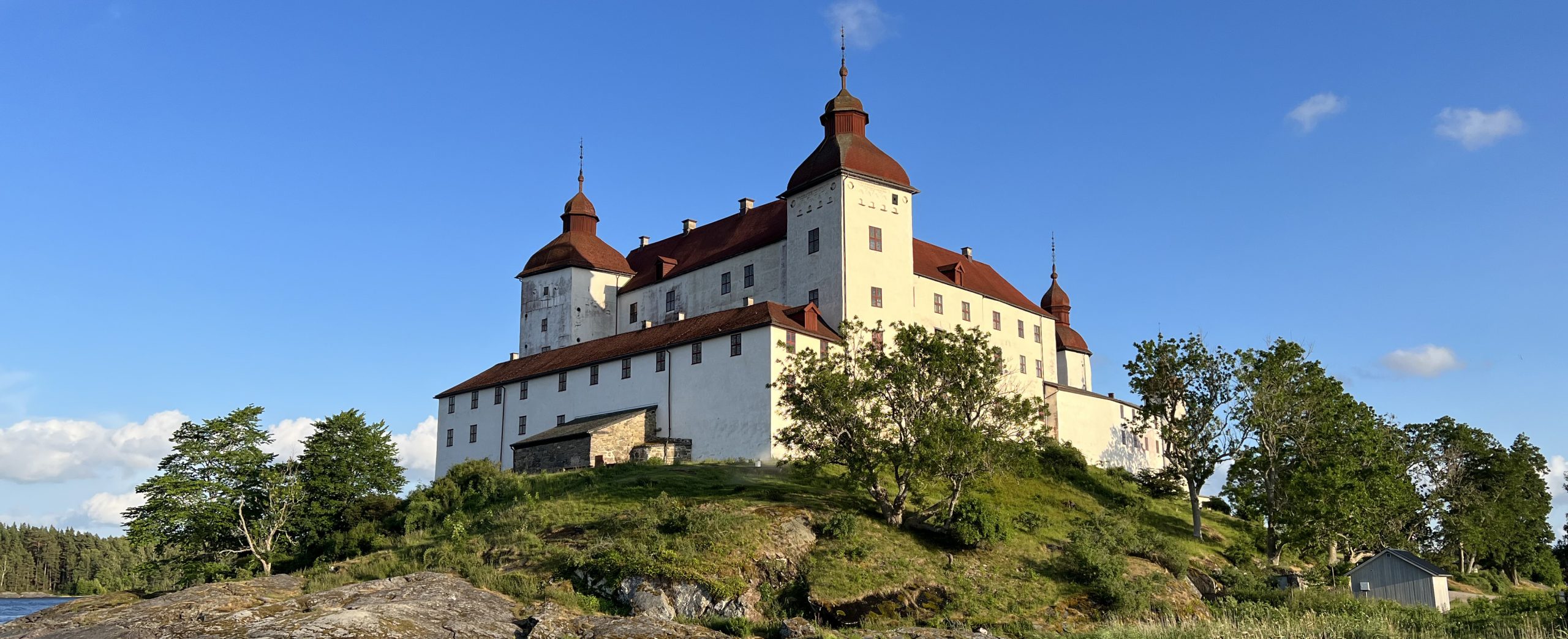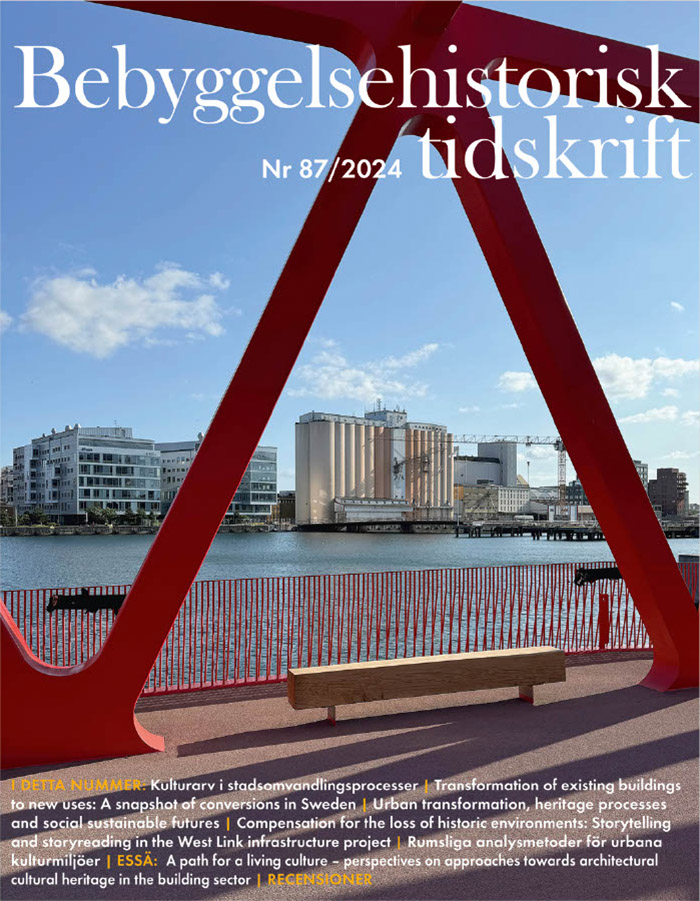Instructions for Authors – Nordic Journal of Settlement History and Built Heritage
Please submit manuscripts for inclusion in Nordic Journal of Settlement History and Built Heritage (Bebyggelsehistorisk tidskrift BHT) to the editorial board: red@bebyggelsehistoria.org. We apply no specific deadline for submitting manuscripts. An article, once assessed and accepted, will be published as soon as possible in a forthcoming issue with available space. Themed issues are announced by Call for paper. Concerning such issues, relevant articles will be prioritized.
Our publication languages are Swedish, Danish, Norwegian, and English. Authors should be aware that rich illustrations are central to the journal’s profile and that each issue is printed and published in color.
The journal is interdisciplinary by nature, aimed at a broad readership across a variety of disciplines and professions that deal with the history of the built environment. Any discussion or argument of a theoretical or methodological nature should use terms that are intelligible to readers outside the author’s own discipline.
Review Process
An article, before it can be considered by the journal’s editors, should be prepared thoroughly according to the instructions below. Academic articles are assessed by the editorial board and by an anonymized examination by two specialist referees before publication, so-called double-blind peer review.
Other Formats Accepted
We also accept debate articles, essays, and reports on current and forthcoming projects, which appear in a dedicated section. Please contact the editorial board for further information, red@bebyggelsehistoria.org.
A Complete Article Must Contain:
- Article text in Word format (max. 50,000 characters, including spaces).
- References and bibliography, according to the instructions below.
- Figure captions, including a numbered list in consecutive order.
- Summary in English (max. 3,000 characters including spaces).
- Concise author presentation, including both an e-mail and institution address.
- A short author contribution statement for co-authored articles.
- Figures, in digital form according to the instructions below.
- 5–6 keywords in English.
- Abstract (max. 1,200 characters including spaces).
Detailed Instructions
Manuscript: A manuscript must be submitted in digital form, written in Word using 1.5 line spacing. Pages must be numbered. The digital manuscript must not contain figures.
Headings: We employ a hierarchy of three heading types: (1) article title, (2) section, (3) subsection. Section headings should be in bold, in the same font size as the body text. Subsection headings should be in italics, in the same font size as the body text. Insert a blank line before each heading.
Figures: Authors must select and provide illustrations to their articles. The publication rights must be secured by the author. Each article may include six to eight illustrations. These must be of high quality, submitted in digital form. Directly after the acceptance of a manuscript it is important for authors to discuss their illustrations and file formats with the technical editor. When an article reaches the final stages of publication, responsibility passes to the journal’s technical editor.
Notes: These must be formatted as endnotes. Any reference must be included in the article’s references and bibliography, and appear in the note according to the following example: Redin 1976, p. 77-83.
References and Bibliography: Unpublished material appears under Unpublished references. Published sources etc. appear under Published references.
- Single author: Bedoire, Fredric 2015. Den svenska arkitekturens historia 1800–2000.
- Two or more authors: Myrdal, Janken & Söderberg, Johan 1991. Kontinuitetens dynamik: Agrar ekonomi i 1500-talets Sverige.
- Book chapter: Hennius, Andreas 2007. “En mörk tid i Uppländsk ekonomi”, i Eva Hjärthner-Holdar, Håkan Ranheden & Anton Seiler (red.), Land och samhälle i förändring. Uppländska bygder i ett långtidsperspektiv. Arkeologi E4 – Studier. Vol. 4. (s. 597–611).
- Article in a journal, magazine or newspaper: Ulväng, Göran 2013. “Betydelsen av att äga en herrgård: Herrgårdar, ståndsgårdar och gods i Uppsala län under 1700- och 1800-talen, Historisk tidskrift för Finland, (s. 287–316).
- Internet reference: Unesco, The World heritage Convention, 1972, http://whc.unesco.org/en/convention/ (2023-11-30).


